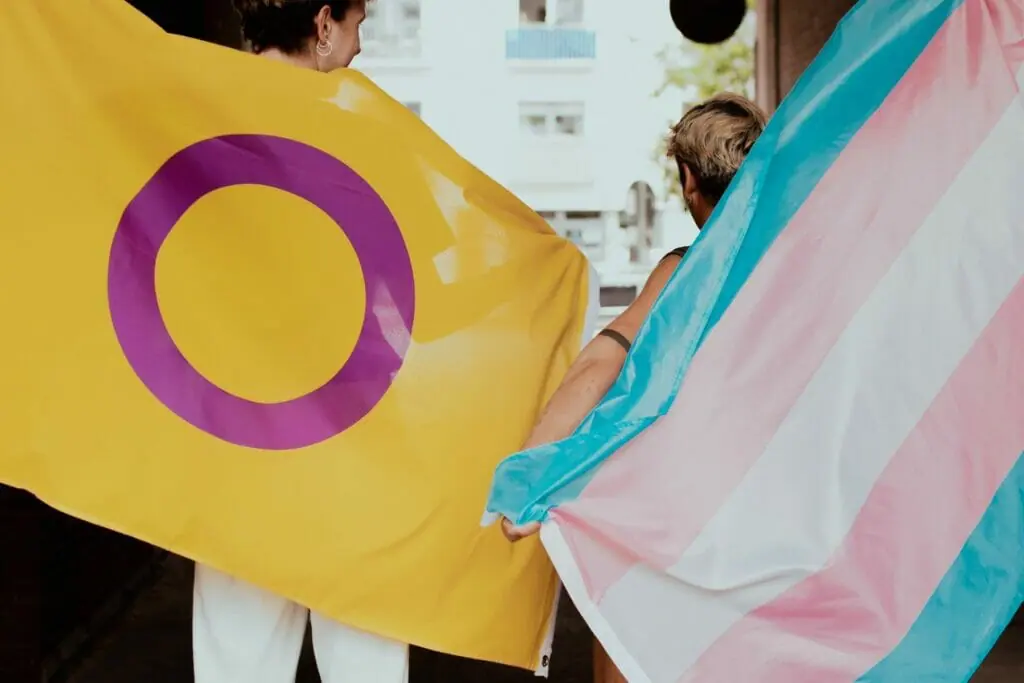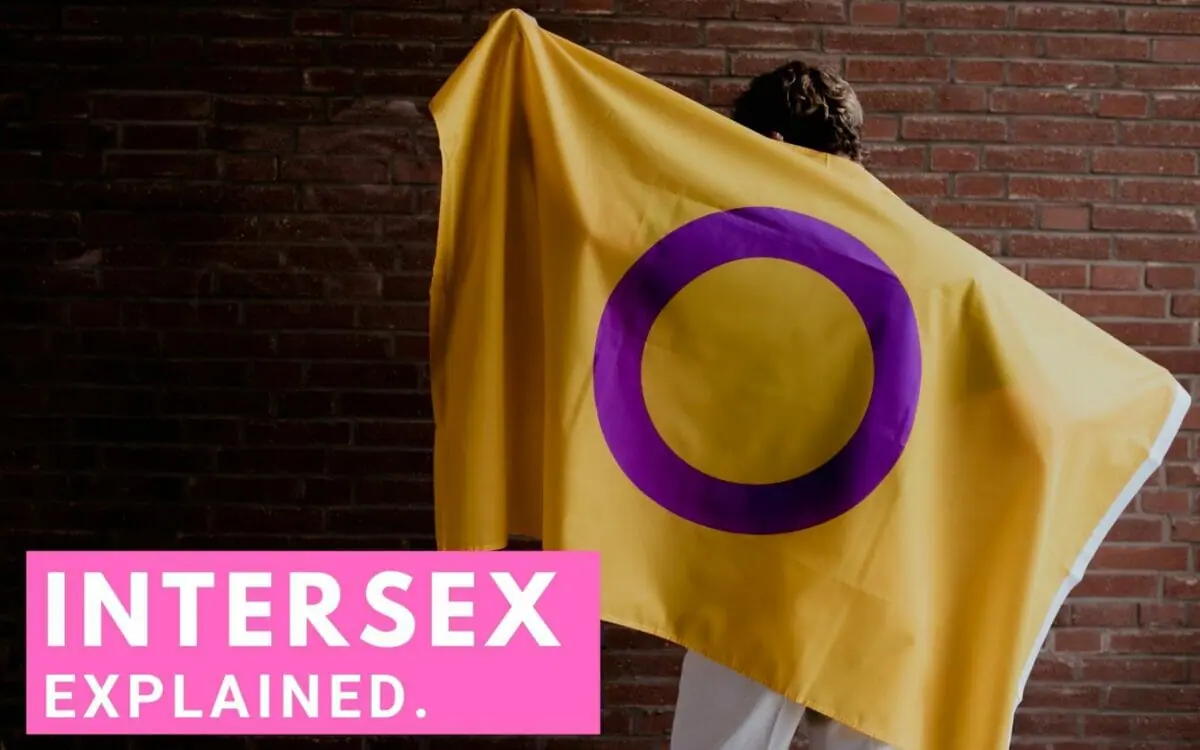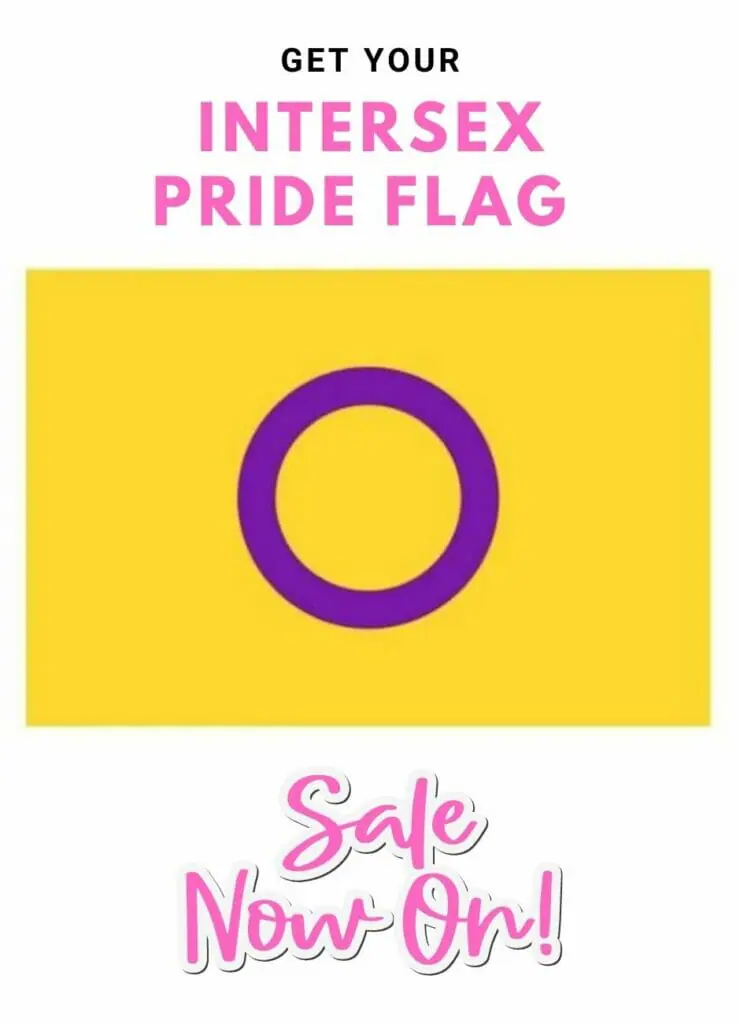There are many gender identities and sexual orientations that anyone can feel connected to or identify with.
More and more terms have been spread over the years to denote the emotions and experiences of queer individuals and if you aren’t immersed in the LGBTQ+ culture or the queer community, you might not recognize a few such terms due to a lack of representation in mainstream media.
One such term is intersex. Although many intersex people commonly identify as heterosexual and cisgender, there are many whose shared experiences overlap with the LGBT community especially around the dominant societal norms around sex and gender. This has led to intersex people being specifically included under the LGBT umbrella, with the acronym being expanded to LGBTI – and the queer community is stronger for it!
Given the misunderstanding that often arises around the term intersex, we are going to talk about what does it mean to be intersex, explain the meaning of the intersex pride flag, and help you with some information to become a better ally to the intersex community.
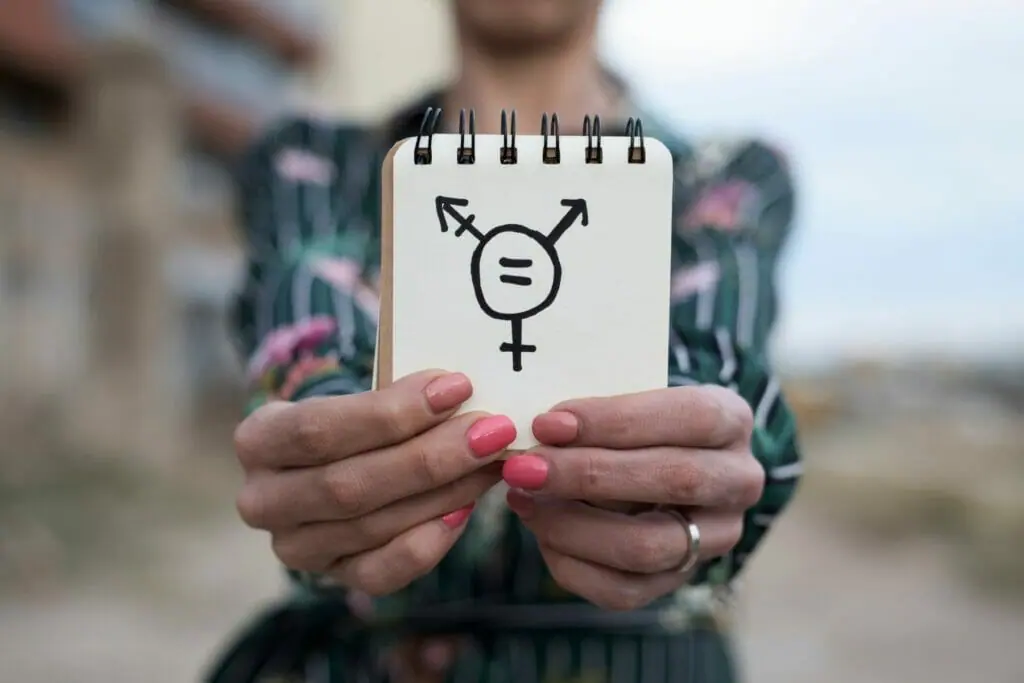
In this article we will cover...
What Does Intersex Mean?
When a person has both female and male characteristics, they may use the term ‘intersex’ to describe themselves. These characteristics may appear in their reproductive organs, genitalia, chromosomes, or hormones.
Being intersex is not a condition or a disease. It is a variation that occurs naturally in humans. In addition, even though being intersex has no effect on a child’s physical health, it may cause complications such as fertility issues as time goes on.
Intersex is an umbrella term that refers to variations in sex characteristics. Sex characteristics include aspects such as chromosome patterns, genitals, and hormones. These characteristics do not fit the binary idea of female or male. People are socialized to think of sex as only male or female, and there is a lot of work ahead for humanity as we deconstruct this deeply ingrained and flawed understanding.

People with a uterus, breast, vulva, higher levels of estrogen, and XX chromosomes are typically placed in one category. On the other hand, people with no breasts, a penis, testicles, higher levels of testosterone, and XY chromosomes are put in a different category.
This characterization is not accurate. People of different gender identities, including men, non-binary people, and women, can have a variety of physical traits. People of different gender identities can also have genetic differences, varying hormone levels, and different genitalia. Therefore, no trait is inherently female or male and the concept of gender itself is indeed a social construction and varies across time, place, and cultures.
Intersex people don’t fit into thee binary sexes of male and female. There are many different ways of being intersex. For example, some intersex people may have XXY chromosomes, and others may have X chromosomes. There are also other varieties in hormones, such as androgen insensitivity syndrome.
This means that an intersex person has XY chromosomes but is androgen resistant. There are many other different possibilities of intersex people. It is estimated that around 1.7% of people are intersex. This means that intersex people are as common as redheads. Therefore, if you met a redhead before, chances are you have probably met an intersex person.
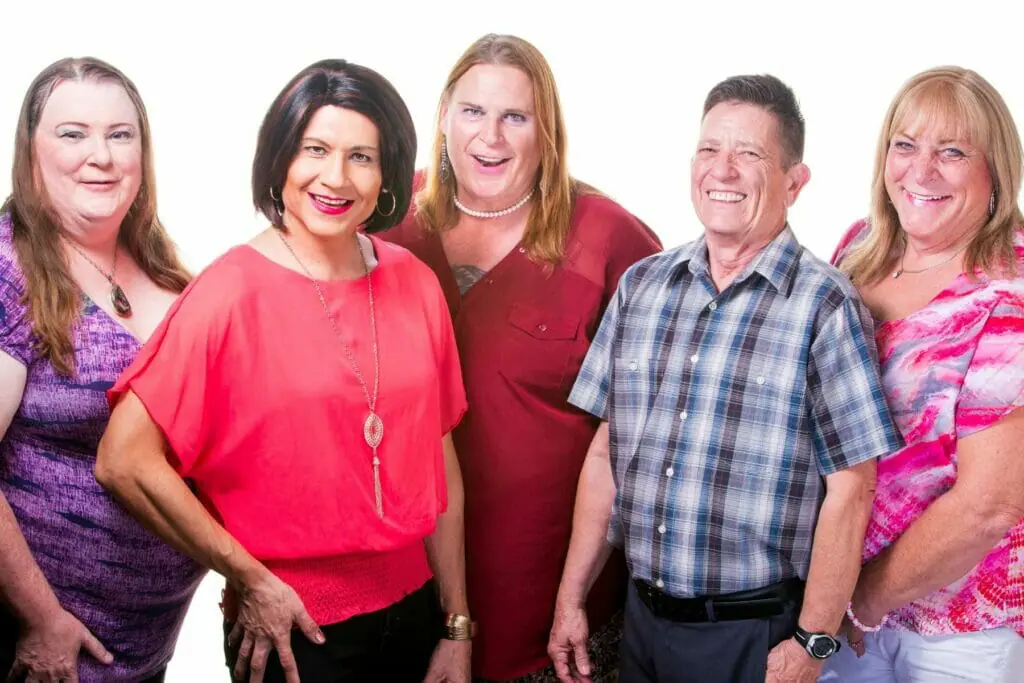
Intersex Pride Flag Meaning
There are many different LGBTQ flags representing most queer identities, so it should come as no surprise there is a flag for intersex people to proudly fly.
The most commonly used intersex pride flag is designed with a yellow background and a purple circle at the center. In 2013 Morgan Carpenter of Intersex Human Rights Australia chose yellow and purple to represent the intersex flag because none of these colors represent the traditional constructs of binary identities (male and female).
The circle is the intersex flag is also described by Morgan as “unbroken and unornamented, symbolizing wholeness and completeness, and our potentialities. We are still fighting for bodily autonomy and genital integrity, and this symbolizes the right to be who and how we want to be”. It is not used, as often thought, to represent the differences in sexual and gender identities that members of the community experience.
However, it is important to note that not all members of the intersex community have embraced this intersex flag. Some of them will not identify with what it represents. As a result, there have been many changes to the intersex flag over the years, with many other flags being used concurrently. However, this is the most widely recognized.
We just love how the circle at the center of the intersex flag reminds us that intersex people are whole and that intersex people are perfect the way they choose to be, regardless of pseudoscientific claims or social norms.
When Is Intersex Pride Day?
Awareness, visibility, remembrance, and celebration are all important in increasing the acceptance and recognition of queer identities and queer folx around the world. By observing an international day for intersex people, it is easier for them to talk to friends and loved ones – and to feel the love. It also helps foster awareness and increased sensitives from society at large.
So, mark your calendar and plan something special (even if it is just a social media post!) for October 26th, which is Intersex Awareness Day.
Other Intersex Information To Help You Be A Better Ally
Intersex people are often overlooked in mainstream society as well as the LGBTQ community. This is something that we can all change. Here are some tips to help you support the rights of intersex people and be a great ally to them.
Talk about being intersex.
Most times, human rights violations against intersex people happen due to a lack of knowledge. When we spread the word about the existence of intersex people, the discrimination they face, and the human rights violations that happen against them, we can work towards creating a more inclusive and accepting space.
Talking about intersex includes making them more visible by streaming the issues they face in politics and other areas of life. Don’t sweep their existence under the carpet. Be a straight ally (and a good human) by educating yourself and using your privilege to amplify their voice.
Encourage the creation of safe spaces for intersex people
Even if you are not aware of any, there may be intersex people at your work or amongst your family and friends. Therefore, we must create a safe space everywhere we exist so that our intersex loved ones can feel safe.
Intersex people might not feel safe coming out, but once they realize that there is a space where they are acknowledged and accepted, they might open up their identity to you. Share your acknowledgment of the issues intersex people face, so they know it’s okay to be in that space.
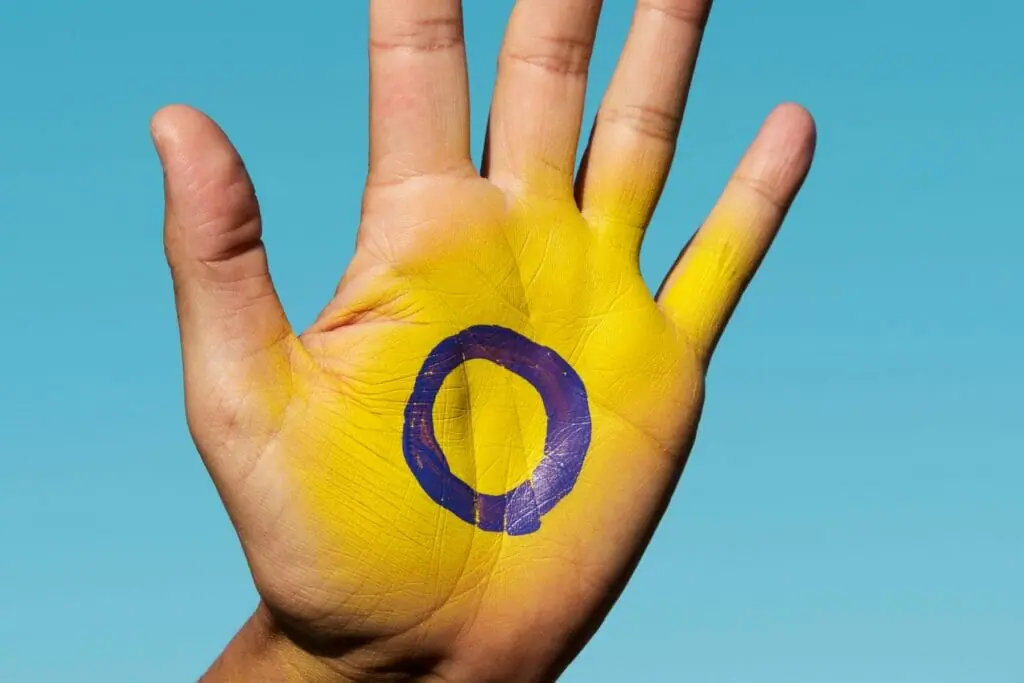
Be inclusive in the workplace
While at work, mention to your colleagues or your partners about intersex human rights issues. You can do this by asking intersex activists to provide advice or training for your organization.
This allows you and your colleagues to understand the challenges that intersex organizations and individuals face and how you can tackle intersex issues and improve the situation within your community.
You can also educate your workplace on other frequently misunderstood queer identities like non-binary, genderqueer, polysexual, and transgender while you are at it!
Support intersex activists and organizations
Living visibly as an intersex person isn’t easy. Nevertheless, more and more intersex organizations and activists are sprouting every day. However, these organizations and activists often have to work with very limited and sometimes no funding.
Many intersex activists often have to forfeit the chance to get regular jobs or incomes. As a result, they have to offer their expertise OR professional services for free. Supporting intersex organizations and activists financially to perform their roles is vital to ensuring that they can share their professional services.
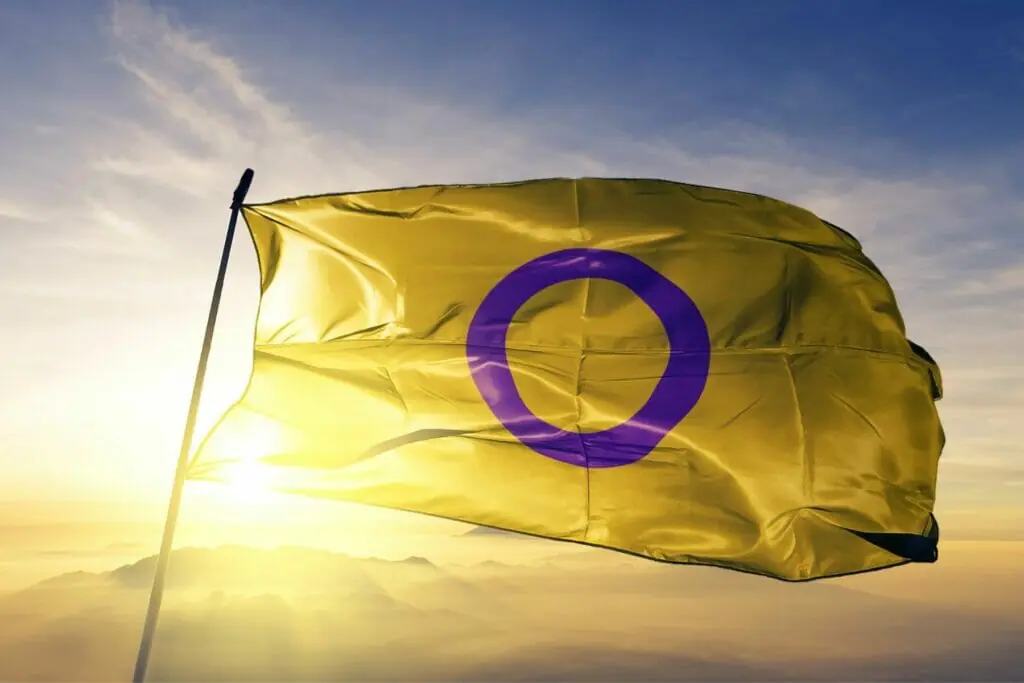
Assist in creating new alliances
You can become an ally by working with intersex organizations and helping them create new partnerships with individuals or other organizations. The best contact points are intersex human rights organizations since they can give you up-to-date information about violations, discrimination, and challenges intersex people face every day. These organizations have experience in intersex human rights advocacy.
Promote
You can use different platforms, such as your social media, to promote the work of human rights bodies and intersex organizations.
Respect
Believe intersex people when they tell you who they are. Just as you cannot assume gender, you won’t be able to tell that someone is intersex just by looking at them. And you shouldn’t try.
If you know someone is intersex, respect them. Intersex people may sometimes face discrimination or verbal and physical abuse by others. If you chance upon such a situation, call out the person responsible for such remarks.
